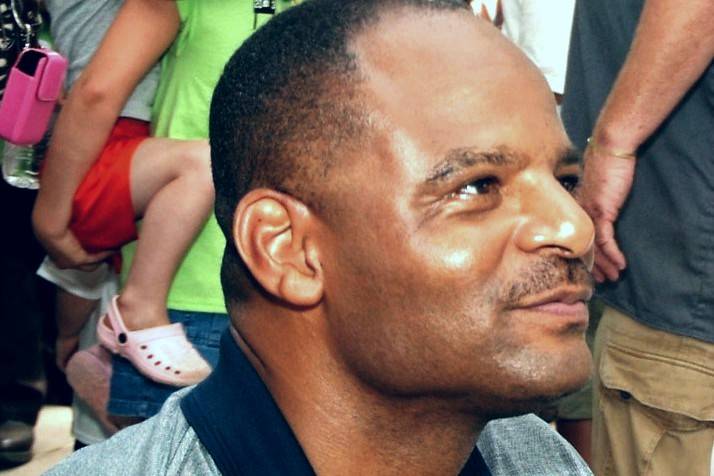BlankenshipThe last two weeks were a not good news at Children’s Hospital for some of its patients, staff, and attorneys. On Sept. 16, the hospital’s lawyers were in court battling a lawsuit brought by the family of Michael Blankenship, 15, who died last year from a wrongly administered painkiller. On Sept. 17, a newborn baby died after being medicated enroute to Children’s in a hospital neonatal ambulance. On Sept. 19, Kaia Zautner, 8 months, died after she was given ten times the proper dose of a medication. On Sept. 22, attorneys for Blankenship notified the court the lawsuit had been settled, with Children’s paying damages in an amount undisclosed. On Sept. 26, an adult emergency patient was wrongly injected with medication in a vein rather than a muscle. He was moved to another hospital and recovered. “As you can imagine,” said medical director David Fisher, “this is a difficult time for every member of our community.” The much-admired and beloved hospital and staff “do their best to provide the highest level of care and safety,” said Dr. Fisher. “However, despite our vigilance, errors unfortunately still occur.” That’s the reality in most any hospital. But the recent series of incidents at Children’s – two infant deaths two days apart and the risk of death to an adult, all related to administration of medicines as was the death just settled in court – require if not demand a thorough review of hospital practices. Fisher indicated that would happen.These incidents have caused us to reevaulate our entire medication delivery system. As a result, we have reviewed the clinical records and began a detailed root-cause analysis to determine why our usual safety processes failed.
That’s encouraging. But it sounds a lot like the review and changes the hospital promised after Michael Blankenship died last year from an overdose of the painkiller Fentanyl. According to court documents, Blankenship’s family claimed that Children’s doctors missed four of the five contraindication factors that should have prevented them from approving use of the pain patch for the teen after dental surgery.Doctors did not review formulary information nor consult a reliable reference source or check with Michael’s pediatric anesthesiologist before ordering the prescription. Even if the hospital formulary info was accessed, the family said, it was inadequate and unreliable to properly guide doctors. Additionally, Fentanyl is an opioid, and Michael was opioid-intolerant.In an amended civil complaint filed in June, the family reported that Dr. Fisher told them that “Michael’s death should never have occurred had the hospital maintained and/or followed appropriate safeguards for the proper and accurate prescription of pain medication, including the Fentanyl patch.”Yesterday, four months later, Dr. Fisher was saying much the same thing about more medication-related deaths. Everyone is hoping the review of the new deaths will produce safer practices than the earlier one did.







